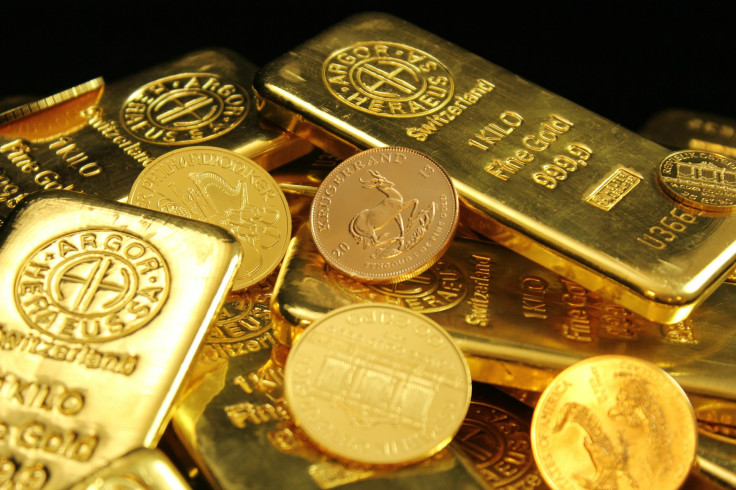Gold Hits Record $4,074 Per Ounce — Here's Why It Could Soar Past $6,000 by 2026
Gold has smashed through the $4,000 barrier for the first time in history — and experts say the rally is only getting started.

Gold has done it again — the precious metal has shattered records, surging to an unprecedented $4,074 per ounce this week.
Fueled by global instability, fears of another US-China trade war, and growing expectations of US Federal Reserve rate cuts, investors are piling into gold as their ultimate safe-haven bet.
Gold's Historic Breakthrough
Spot gold jumped 2% to $4,103.05 per ounce, while US futures climbed to $4,124.30, extending the metal's 54% year-to-date rally.
For context, gold has now broken price records 45 times in 2025 alone, an extraordinary streak that has captivated traders and analysts alike.
The question dominating the financial world: is this a fleeting moment of mania or the beginning of a monumental bull run that could carry gold beyond $6,000 by 2026?
Why Gold Keeps Climbing
The surge in gold prices is no accident. Analysts point to a perfect storm of economic and geopolitical turmoil that has pushed the metal higher.
Tensions between the United States and China have reignited, triggering fears of renewed tariffs and trade disruptions.
Meanwhile, political instability in Europe and Japan, and ongoing uncertainty in the Middle East, have rattled global markets. With governments and currencies under strain, gold's timeless appeal as a store of value has resurfaced in full force.
Jeffrey Christian, managing partner at CPM Group, told Reuters that the trend is clear: 'Gold prices rise when investors are worried about the world — politically, economically, or financially.'
Adding to the rally is speculation that the US Federal Reserve will cut interest rates again this month, with markets pricing in a 97% probability of a 25-basis-point reduction.
Since the Fed began easing policy in August, gold has surged nearly 24%, underscoring how sensitive the market is to monetary policy shifts.
Central Banks Are Driving Demand
Perhaps the most powerful force behind gold's meteoric rise has been central bank buying. Global institutions are purchasing gold at the fastest pace in years as they diversify away from the US dollar and hedge against inflation.
According to the World Gold Council, emerging economies, particularly in Asia, have led this buying spree, reshaping the balance of power in global reserves.
Analysts see this as part of a broader de-dollarisation movement, where countries reduce dependence on the US currency by holding tangible assets like gold.
'We are witnessing a fundamental shift in how nations think about value,' said Suki Cooper, commodities strategist at Standard Chartered. 'Gold's role as a reserve asset has never been stronger.'
Institutional investors have also joined the rush, with gold-backed ETFs reporting record inflows. The combination of physical demand, institutional confidence, and geopolitical anxiety has created what experts call a self-reinforcing rally, one that could persist well into 2026.
Could Gold Really Reach $6,000?
While $4,000 once seemed unthinkable, analysts now say the $6,000 mark may be closer than many believe.
Bank of America and Société Générale have both raised their forecasts, citing accelerating central bank demand and mounting fears of currency debasement.
Michael Hartnett, chief strategist at Bank of America, described the movement as part of a broader 'currency debasement trade', where investors flee weakening fiat currencies for hard assets like gold and cryptocurrencies.
'During previous gold bull markets, prices have risen by an average of 300% over roughly four years,' Hartnett wrote. 'If that pattern repeats, gold could reach $6,000 by next spring.'
Technical analysts agree that gold's momentum remains intact. The $3,850 level has become a key support zone, while volume indicators suggest genuine conviction rather than speculative hype. Even if short-term pullbacks occur, the broader uptrend appears well established.
In other words, this may be just the beginning.
© Copyright IBTimes 2025. All rights reserved.




















